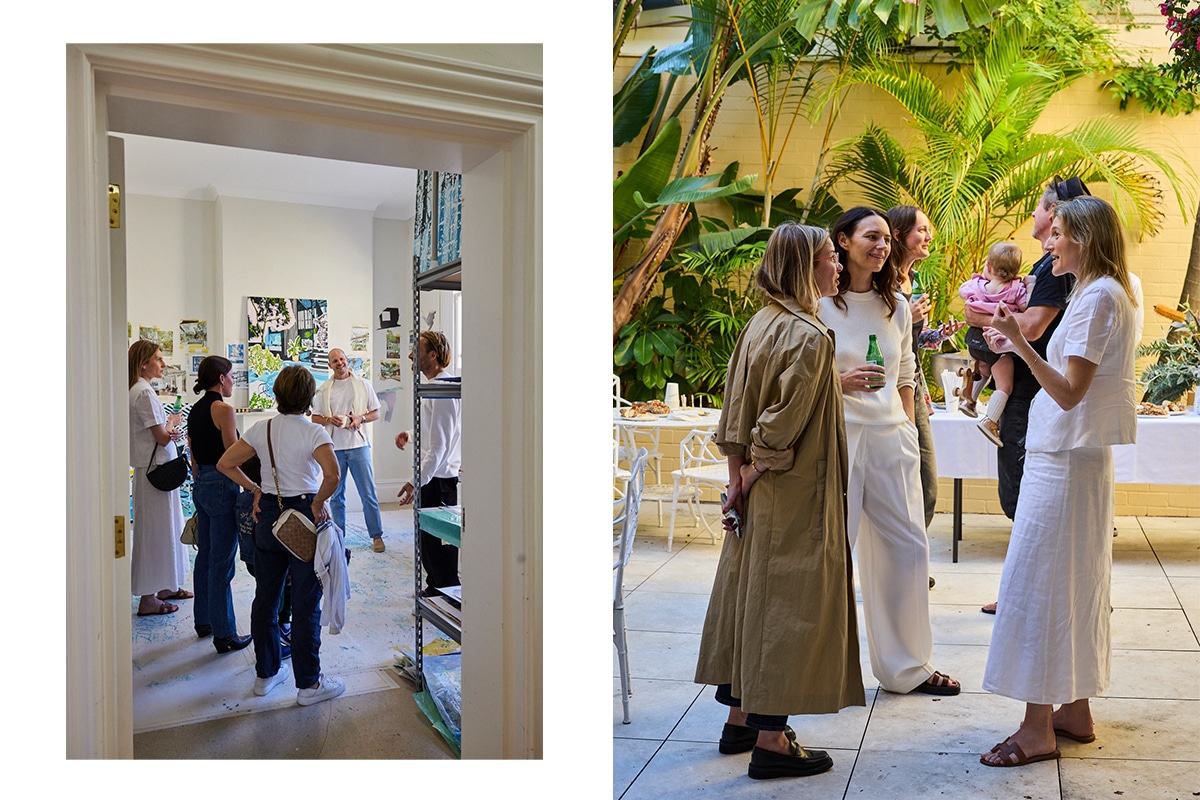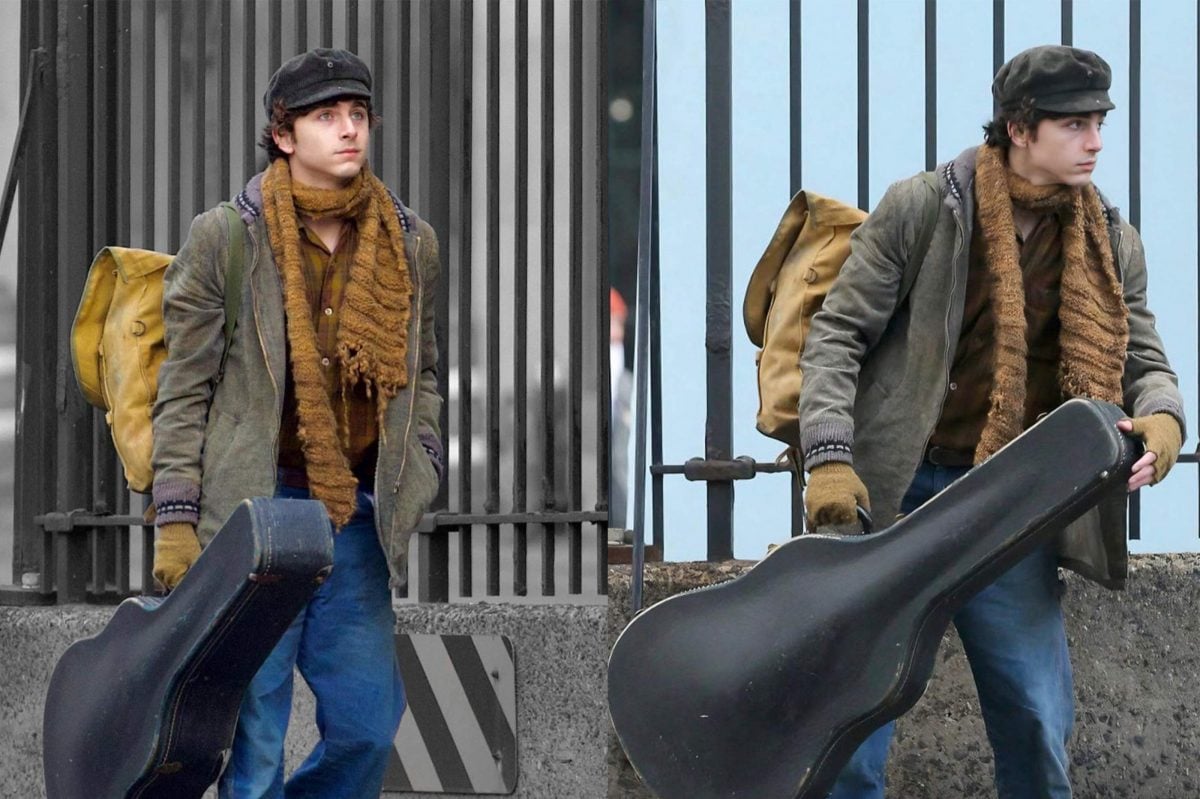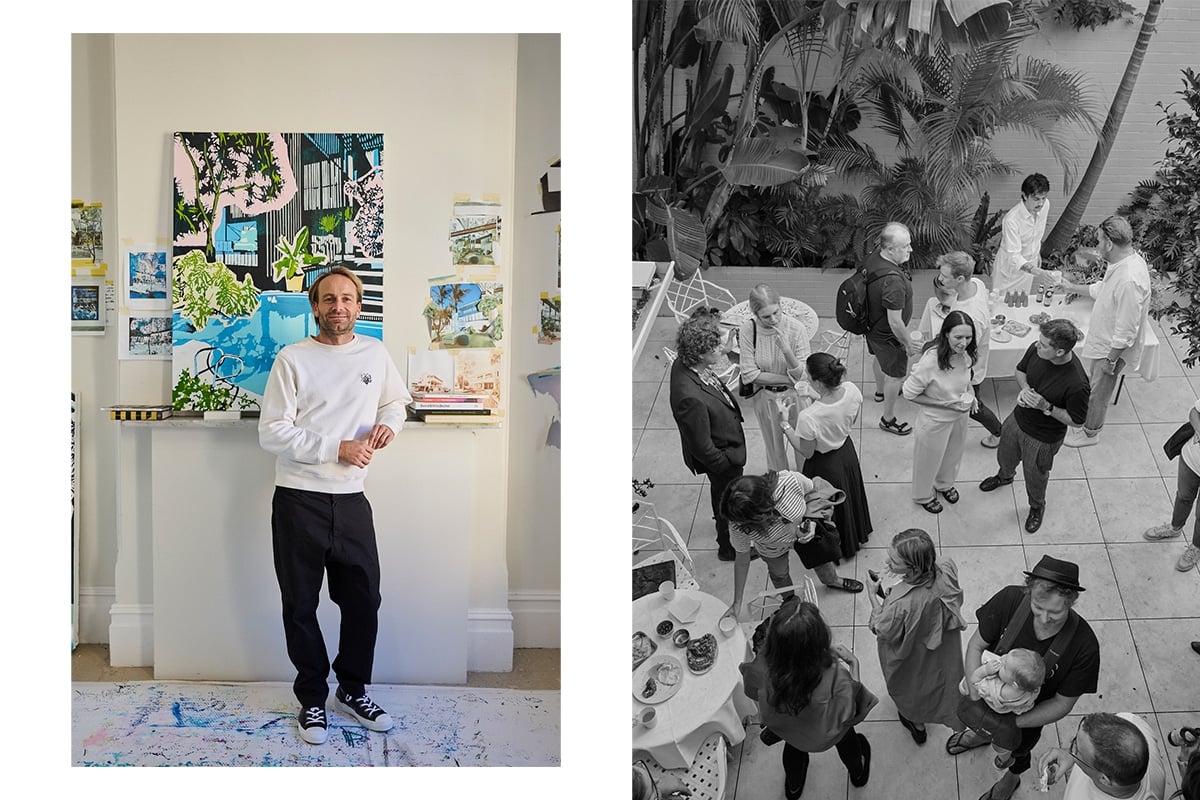
Memory is a fickle thing, often a tapestry woven from fragments of vivid experiences and hazy emotions, all distorted by the passage of time. A photograph, in its beautiful paradox, captures a single frame frozen in time. It can evoke a rush of emotions, but also distort reality. Artist Paul Davies delves into this captivating paradox, exploring the essence of memories and the nonlinear ambiguity that marinates in our minds, forming the foundations of nostalgia that make moments into lasting memories.
His latest exhibition explores the complex relationship between memory and reality through the lens of a camera. The new series, currently untitled, brings the outside world into the studio environment, while maintaining a strong photographic element. Opening to the public from 4-22 of June, at Sophie Gannon Gallery in Melbourne, the series promises a thought-provoking exploration of memory and its relationship with the captured image.
Transcending the realm of simply capturing a moment, Davies focuses on the way photographs inform and distort our memories. Reflecting this tension, he manipulates photographs, fragmenting and layering them to create a visual representation of memory itself.
Last Saturday, the Australian born Artist held an exclusive preview of his latest series in his Paddington studio, with aperitif by 10 William for a significant congregation of collectors and Editors and local artist community including Jenny Broke, Polly Seidler, Banjo and Kate Bond, Camille Ormandy, Sebastian Goldspink, Holly Greenwood, Ondine Seabrook and Bronte Leighton-Dore
Here we share some moments from his 'In conversation' with RUSSH Editor-In-Chief Jess Blanch.
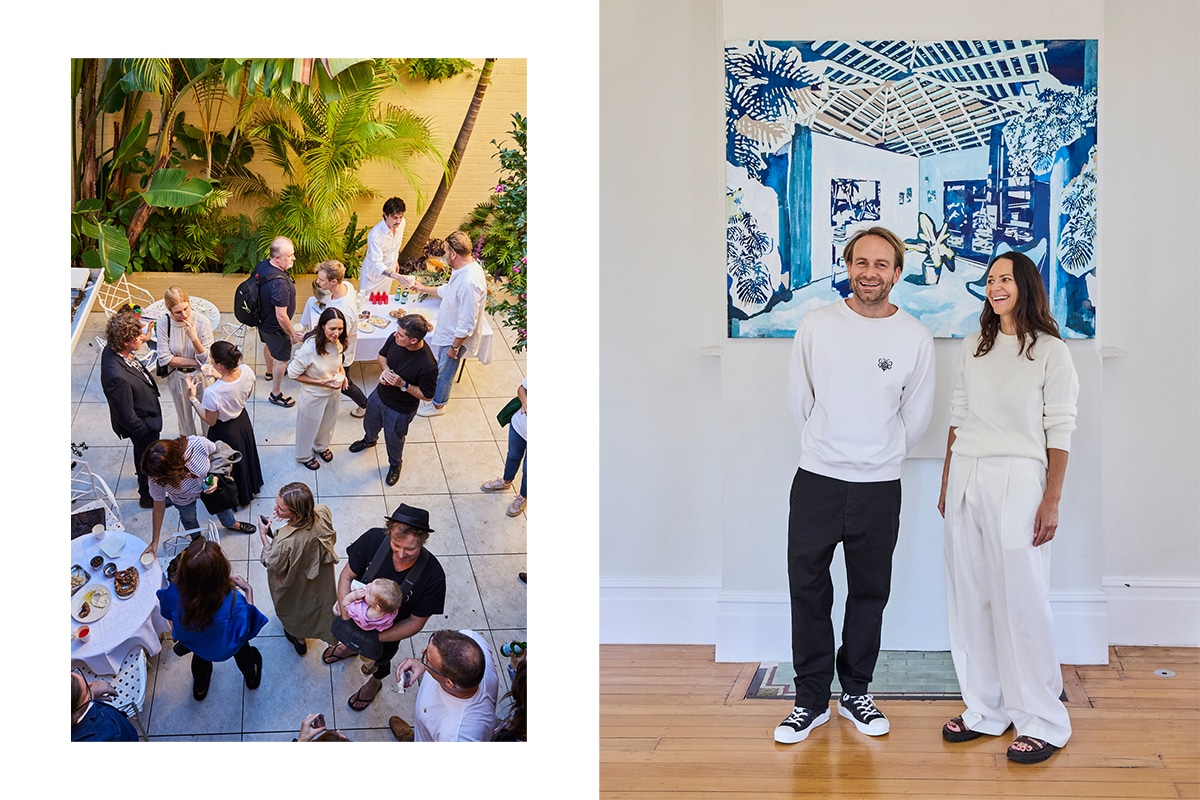
This series looks at how the outside world is brought into an artists studio?
PD: These paintings are about the way photography can create memory. And they're also about when I look at these works, like a combination of the last 10 years. 10 years ago, my wife and I moved to LA, and we thought we'd be there for about a year. It ended up being six very quickly, and our son was born there. But we had to move back quite abruptly, as my mum got sick, and we came home. I wanted to paint this picture, in particular the studio, because it's been this time, since it's my LA studio, but there's a collage element to it.
The idea with the rest of the work is that you're not looking at one perspective, there's multiple perspectives. So it's the idea of how the shape of a space rather than the actual look of the space, how it feels to walk through.
What's the process of deciding which elements you put in your series?
PD: It's a combination, I think because of the scale and the movement, that it's hard. It's really what feels like you, because they're coming from an archive of images we've already selected that makes sense with the rest of the work. So from there, just choose what shapes work out. But to me those shapes have important features like how you move through space, what you remember from that. It's meant to be intuitive, because once you start painting, the edges are very sharp and the structure of cutouts and the photo don't change, so there's as much play as you can have in that.
You get the impression that people dwell in your paintings. Everything is lovingly looked after, the pools are clean. The plants are well attended, but we never see any signs and inhabitants to sort of put a foot on a step or a face?
PD: The idea for that was distance, like foliage or anything else, it's treated exactly the same way as a chair or seeing the foliage. I really want the viewer to feel like they can be in there and make up their mind about this. So it takes it out of being 1950s, and allows it to exist anywhere. But if you have people in there that's when things start, a narrative starts and I hope that the narrative is something that the viewer can develop themselves.
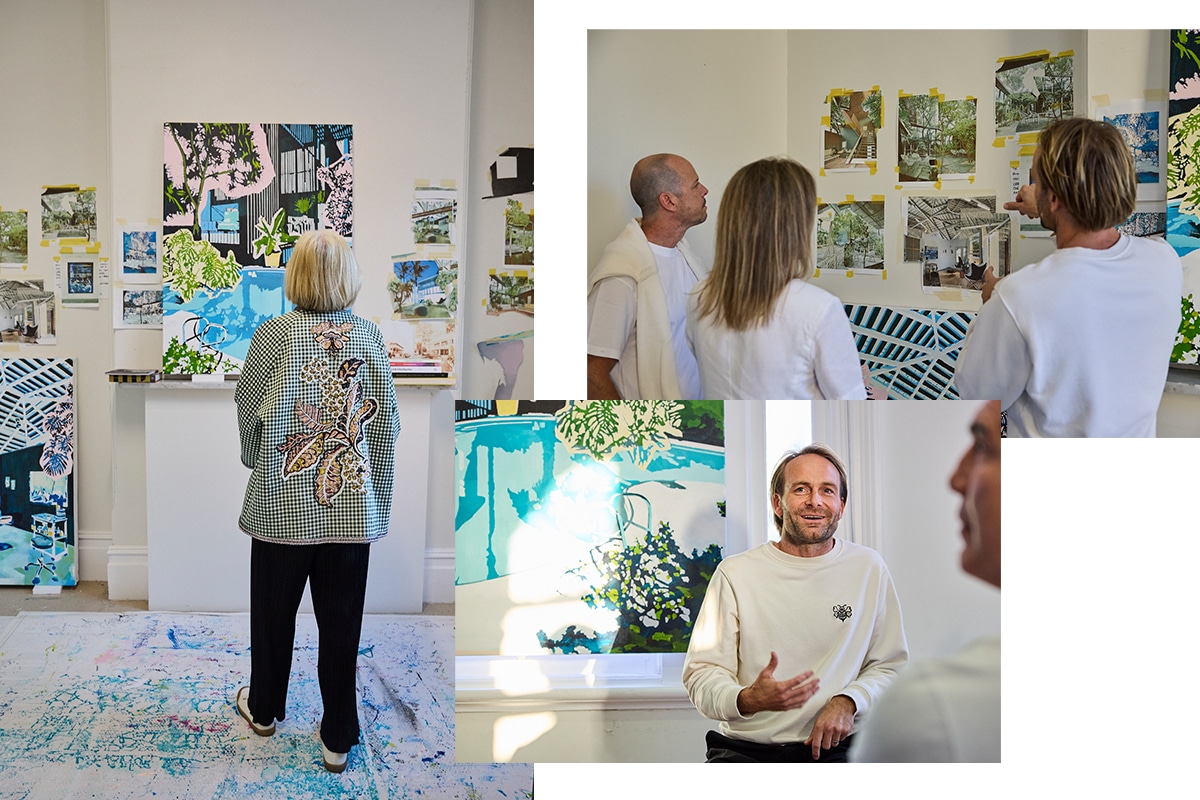
How did working in different studios, such as Foster Street in Surry Hills and L.A impact your work?
PD: I joined the studio (Foster Studio) and started just before I joined my first commercial gallery, I still had a day job, and I was doing painting part time. I was just keeping it to make a living. But everybody in the studio had an open plan space. Everybody was working amongst each other, and I couldn't handle it. It took me about six months before I could even have the cameras.
But in that, is the opportunity to kind of let go of some things because it's very easy in the studio to get tight. So being in an open studio is very helpful to just let things go and not get too precious about that.
But when I moved directly from that environment to my studio in LA, which is completely isolated, it was very hard, we didn't want anybody. Yeah, it's a very, very different thing. But at the same time, the opportunity there is really to focus on what you're doing and get in the zone.
What was it like being in LA for 6 years, as that wasn't originally the plan?
PD: We had two suitcases each, Sarah and I, and then we got a visa for one year and loved it, and next thing you know, six years passed – we probably would have stayed there longer.
But then I got the residency through the art gallery of New South Wales to work in Paris for three months, and I remember we got out of there. Sarah and I both made and it was amazing, it was such a reshuffling of the decks, like you had nothing familiar around you. It was all new. And it takes time to process that and the opportunity to do things differently.
The Getty Museum acquisition was an incredible bookmark to your time in the states. How did it happen?
PD: Yeah, it was an email. And we've been in touch because I had done a talk for their patrons, which was meant to be in person at the Palm Springs Museum, they were going to do a tour out there, see some collections and have my works in the Palm Springs museum collection. But then we went home, and then COVID happened. So instead, we thought, oh, we should do it online. And a lot of people then came to view the talk. And it was really a great opportunity to stay in touch with people in America. But as I was finishing one of my talks for the patrons about what we're going to do next, I mentioned Paul Williams, who was the principal architect for the LAX building and that sort of spaceship one.
What was the establishing a residency in Arizona like, in terms of establishing routine and process?
PD: Very different to the others as they didn't have a space for you to work in, or a studio where you live. So the space there was the idea that you would enter and mingle with the other students. I've thought about doing something because I wanted to have a routine, so I could feel like I'm being productive, and you can get inspired.
So I made this piece. (Demonstrates) It's a photograph I took with the exterior of the building on a previous trip, and then I cut that out like I normally would, each day, actually, each evening, the night before, painted with this chemical – it's an 18th century photography process called gum bichromate. And then added pigment to it and you let it dry in the dark. And then the next day, you would expose it to sunlight, and with this silhouette over the top. But the idea was to keep this logo, put the date at the time and the temperature and all those things.
By day 10, that's when it started to tell a story. You've got to trust the process of whatever you're doing and letting go because you're not able to fix anything or change it – it is what it is. And then you've got to move onto the next day. So that was a really good opportunity just to just practice and keep doing something at the residency.
Do you see your work in seasons based on different periods/locations of your practice?
PD: I definitely have chapters where I think that way, and it's not until you look back on the time. I liked the idea of bookending things like when we left LA, it was really hard to leave, but we knew we wanted to be here too. But that changed really quick, I had put timelines on work. And then when you go into a residence somewhere else, that puts another timeline on. I think that location maybe is the thing that puts the season in default.

